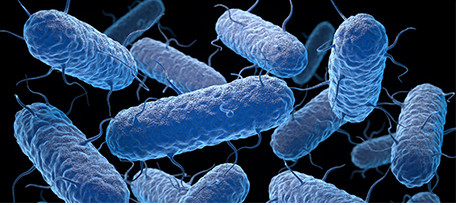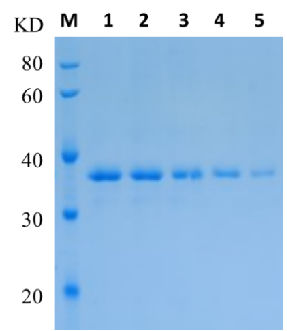Prokaryotic Protein Expression Service
At Elabscience®, we only perform soluble expression in the supernatant, maximizing protein activity retention. We have a mature Escherichia coli expression and purification service platform, providing expression and purification services for recombinant proteins and their complexes in E. coli, including:
• Gene design and codon optimization expression evaluation report
• Expression and purification of recombinant proteins with multiple tags
• Protein purification conditions and SDS-PAGE identification results
• Subsequent processing of proteins, such as tag removal, endotoxin removal, protein labeling, MS identification, and other related services

Service Features

Well experienced

Experimental success rate ≥98%

Multiple vectors available for selection

One-stop service
Service Flow

Customer consultation and request


Scheme determination and contract signing


Project initiation


Protein Expression


Protein delivery Submit a lab report
Service Commitment
• Elabscience® Biotech can provide a variety of E. coli expression strains, supplemented with different expression conditions, to ensure soluble expression
• Combined with gene design and codon optimization, protein expression and purification can achieve protein purity of more than 90%
• Provide a protein expression service report with sequencing report, induction conditions, purification conditions, and SDS-PAGE identification results
Case Presentation
Expression of soluble target protein in E. coli








